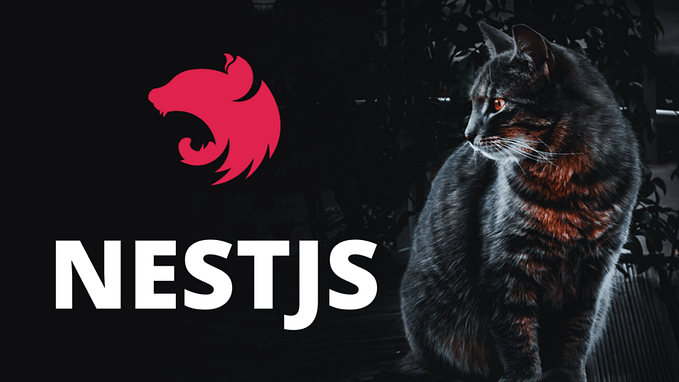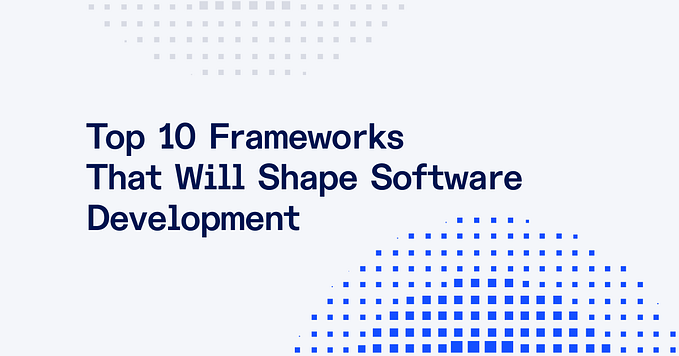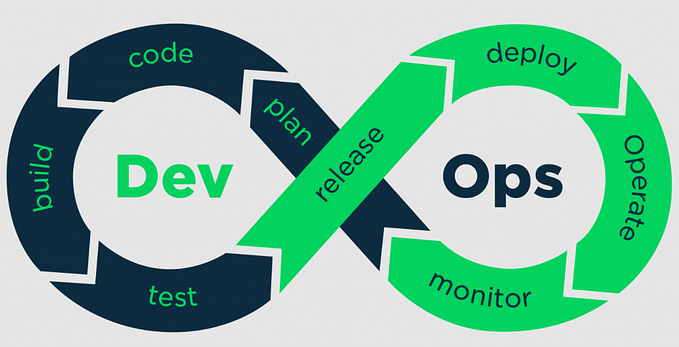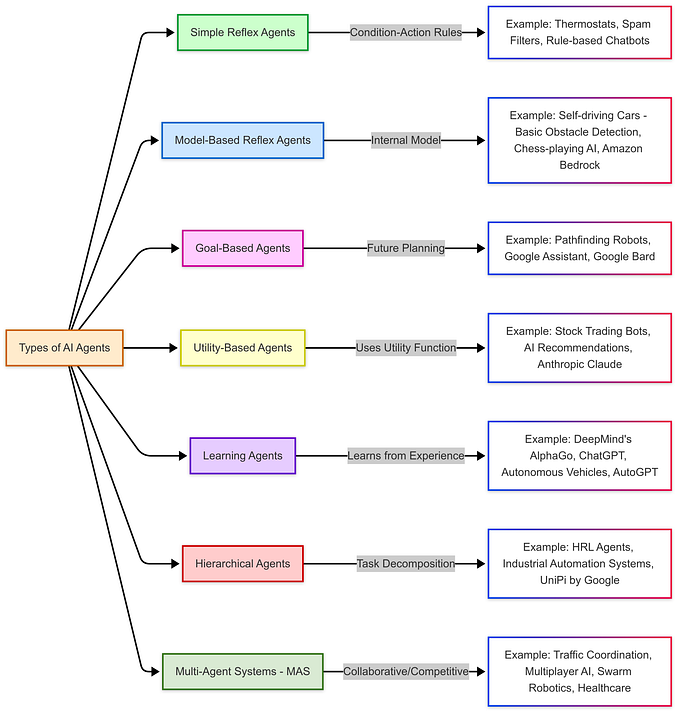“Mastering Kubernetes: A Beginner’s Guide to Deployment and Scaling”

Introduction:
- Briefly explain what Kubernetes is and its importance in container orchestration.
- Mention the target audience (e.g., beginners, DevOps engineers, developers).
- Highlight the specific topic you will cover (e.g., setting up Kubernetes clusters, using Helm charts, deploying applications).
Main Content:
- What is Kubernetes?
- Provide a high-level overview of Kubernetes.
- Discuss its core features like scalability, self-healing, and automated rollouts.
- Core Components of Kubernetes
- Nodes, Pods, ReplicaSets, Deployments, Services, etc.
- Explain their roles with diagrams or examples.
- Practical Guide/How-To Section
- Walk through a specific Kubernetes task, such as:
- Setting up a local Kubernetes cluster using Minikube or Kind.
- Deploying an application using
kubectl. - Using Helm to manage Kubernetes applications.
- Include code snippets and YAML configurations for better understanding.
- Best Practices in Kubernetes
- Resource management and scaling.
- Using ConfigMaps and Secrets.
- Monitoring and logging tools like Prometheus and Grafana.
- Challenges and Solutions
- Common pitfalls and how to avoid them.
- Debugging tips for Pods and nodes.
Advanced Topics (Optional):
- Using Kubernetes in a CI/CD pipeline.
- Working with StatefulSets for stateful applications.
- Integrating Kubernetes with cloud services (AWS EKS, GCP GKE, Azure AKS).
Conclusion:
- Recap the main points discussed.
- Share insights on why Kubernetes is a game-changer in the cloud-native ecosystem.
- Call-to-action (e.g., ask readers to try Kubernetes or share their experiences).








